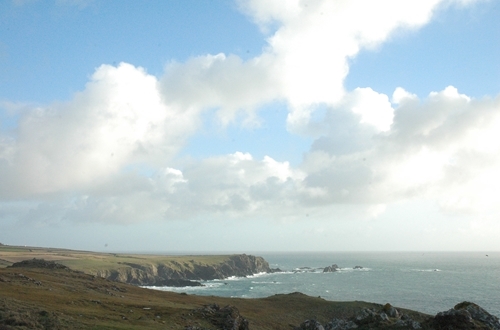
The Woodcock Watch team runs long-term ‘ring-and-recapture’ studies at two sites in southern England. Our Hampshire field-site, which is close to GWCT HQ, is visited regularly over the course of the winter while our Cornish site is covered during two week-long fieldtrips in February and March. The plan is the same at both: to a) catch and ring as large a sample of woodcock as possible and b) gather data on survival and site fidelity by recapturing birds ringed in previous visits. This is described in more detail here and here.
Andrew Hoodless and I have just completed the first of our Cornish trips for 2019. We always hope to ring 100 new birds each year and this winter we surpassed that in our first trip; catching 120 individuals and ringing 109 new birds.
The remaining 11 birds were retraps i.e. those wearing rings from previous years. We had expected there might be more, particularly given that we have been ringing at this site for several years now. That said, around two thirds of the woodcock we caught were juveniles hatched in 2018, meaning that there were plenty of unringed youngsters to dilute the numbers of ringed adults.
It appears that most areas of southern Britain, after a slightly slow start, ultimately experienced good numbers of woodcock. It may have been a slightly different situation in the north – with reports from Scotland being more mixed. The contrast between north and south may reflect different winter weather conditions, but it seems likely that it also reflects the fates of different breeding populations: with Scotland’s wintering population consisting of a higher proportion of woodcock from Scandinavia rather than Russia.
It’s the retraps, that provide us with the most useful data. Among these birds were several interesting individuals including some that we tagged with GPS-loggers in 2017 and 2018. These little location-logging devices need to be recovered to access their stored data, so we were very pleased to see these birds again. The data we acquired will be covered in a series of upcoming blogs – but the basic technique is described here.
I was also surprised to catch a very unusual looking woodcock – more details to come on that in a blog of its own!